Know when it’s smart to spend the pennies, and when it’s time to put your purse away…

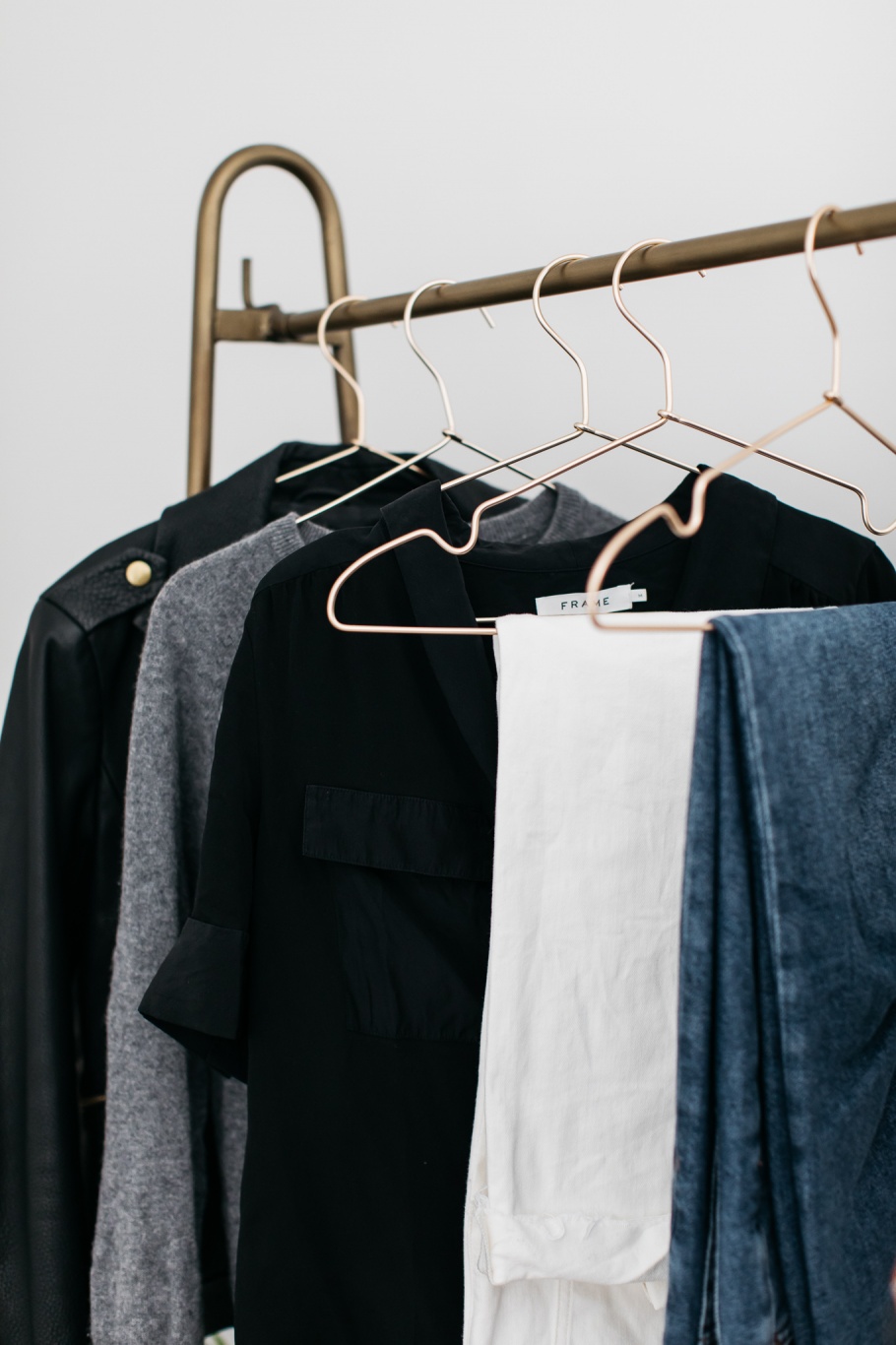
There are some items in my wardrobe that I sincerely hope that my Mum never finds out the true cost of. Oh these Chloé Susannah Boots? Yeah, picked up ’em down the town. No biggie! But the majority of investment purchases that I’ve made over the years have been good purchases, if I do say so myself. My Ganni Dress is something that gets rolled out for basically every formal occasion I go to and is currently holidaying with a friend who is wearing it to a wedding in Italy. My Equipment Cashmere Jumpers are by far superior to anything else that I own knitwear-wise; holding their shape and with minimal bobbling. My & Other Stories Leather Jacket is perhaps the most expensive thing that I’d ever bought five years ago back when I bought it, but I don’t see myself needing a new one anytime soon. These are all items that took a fair amount of saving to afford, but were well worth it in my eyes.
But how do you separate the wheat from the chaff and work out what is right for you to spend your money on, and what’s perhaps not the smartest purchase? Here’s my five-step guide that might save you some money (but might have the opposite effect too – SOZ)…
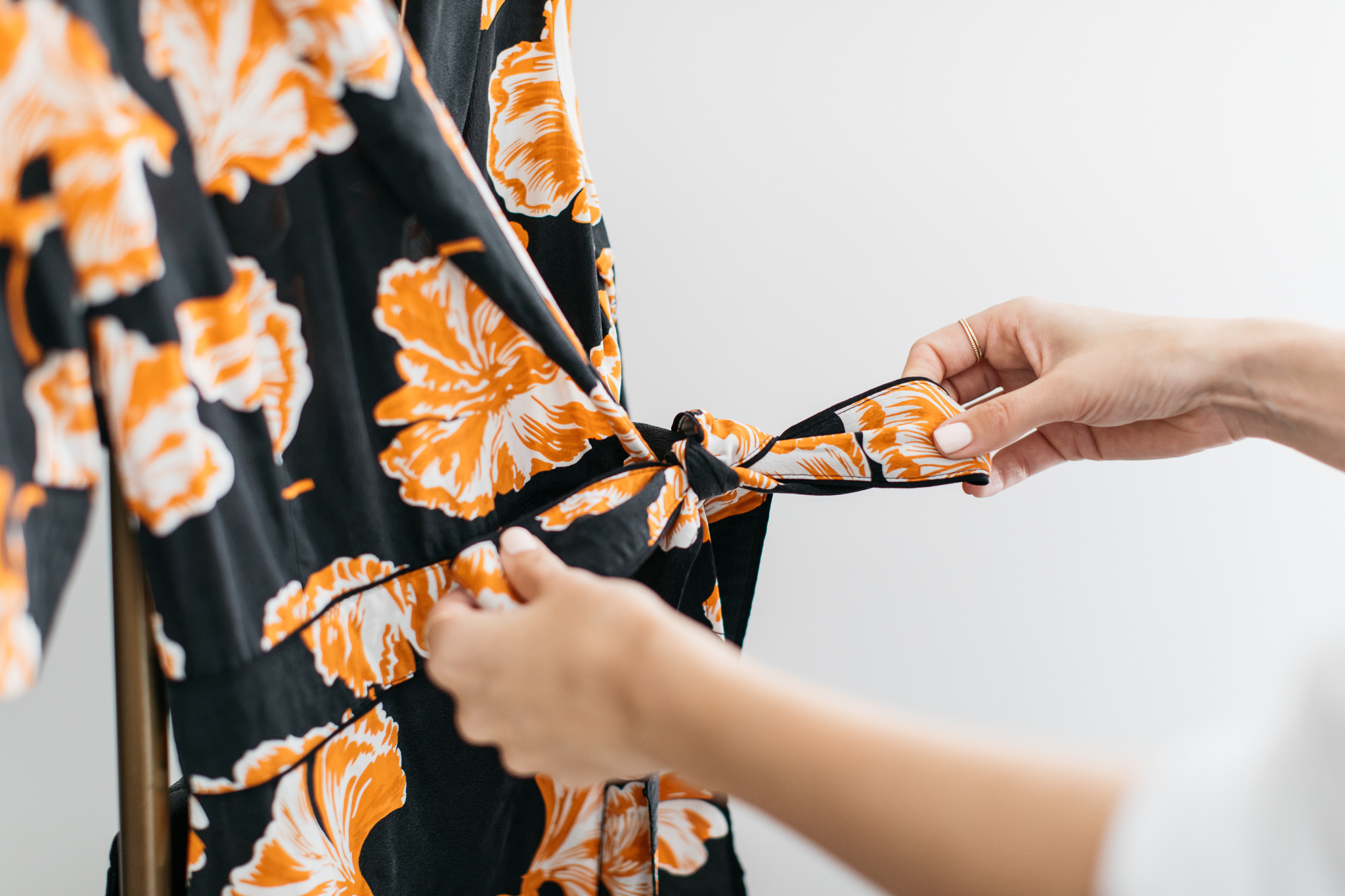
1. Never buy a pricey purchase on impulse. If you’re a loyal subscriber to the capsule wardrobe methodology, then the chances are that you’re not even entering a buying-zone without having a clear idea of what’s on your ‘to-buy’ list. WELL DONE YOU! If you’re not there just yet then that’s completely fine, but just like the majority of impulse purchases turn out to be fails because they’re not thought through, the hit is even worse when you’ve dropped a small fortune on them. I don’t think that each investment purchase deserves years and years of research, but a bit of time spent looking for reviews online, or the item on Pinterest to see how it’s been styled, thought into how it could work in your wardrobe with what you already own, how many months of the year you think you might make be able to wear it for – are all good things to ponder. Have a real think about it before you make a rash decision.
2. Keep it to the basics. Now I’m not saying that investment purchases should be saved for leather jackets and pairs of black skinny jeans only – oh why not throw a blazer in there if we’re talking about ‘capsule wardrobe must-haves’, eh? – but I’d suggest saving up your pennies to buy whatever the basics are for you. If you find yourself wearing burgundy cords every single day, then maybe it’s time to upgrade and buy yourself a pair that fit beautifully and don’t get baggy? So spend some time analysing your wardrobe and identifying the items that you wear most and cherry-picking out those to be the things that you prioritise spending on. Any high-amount buys that I’ve made that have been a little off piste have always been something that I regret buying. That Chloé Faye Bag with a big gold buckle that was a little cuter than accessories I’d normally wear and turned out to be the weight of a 10 tonne lorry? Yeah, that one didn’t work out. Keep it classic – whatever that means to you.
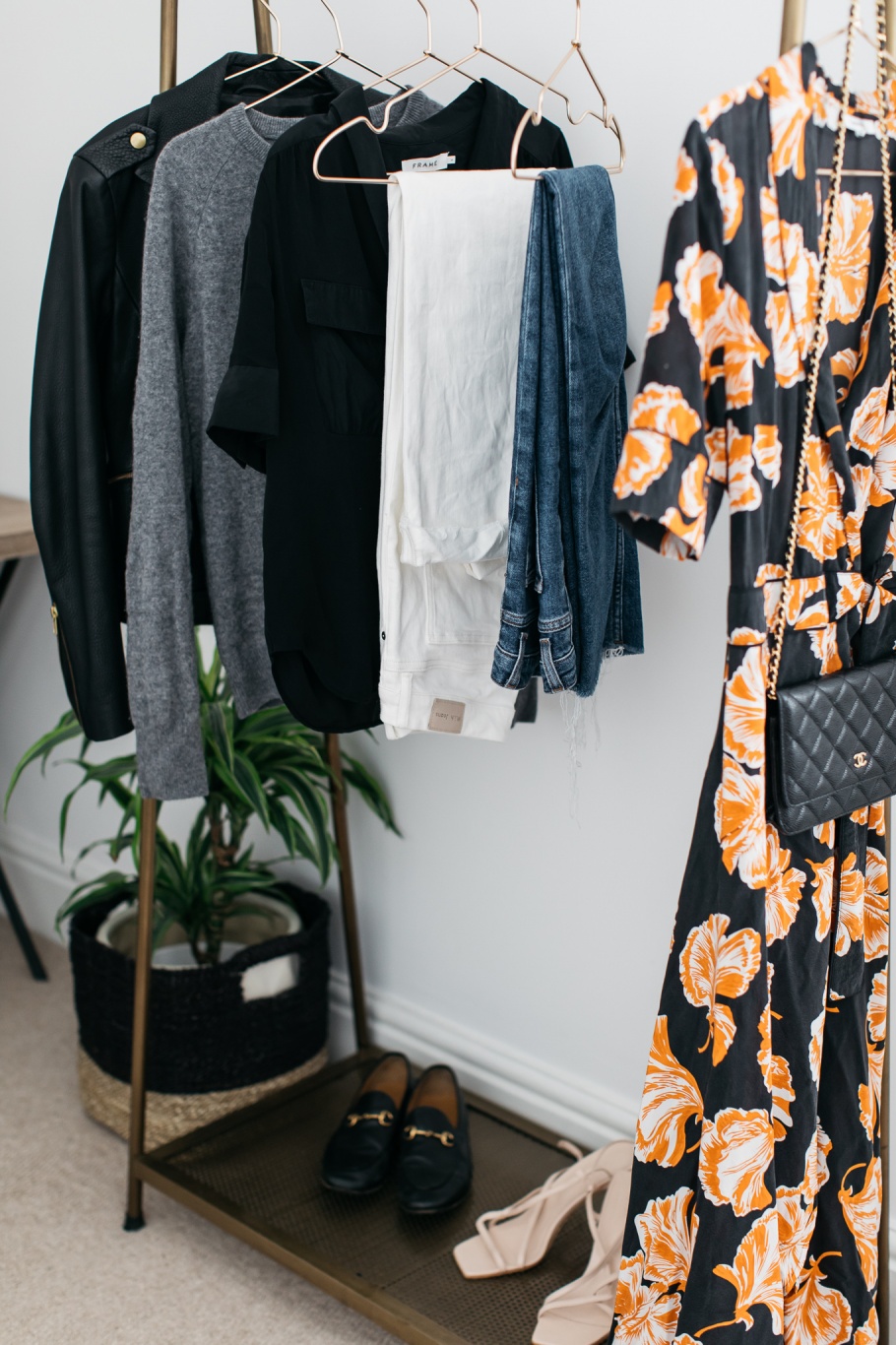

3. Make sure that it’s financially viable. Putting yourself in financial jeopardy for a piece of clothing is just never worth it. No exceptions. Being up to your eyeballs in your overdraft or maxing out a credit card is even less fun when you’ve bought something that has tipped you waaaaaay over the edge and could be rectified if you could return the item if you hadn’t ripped off the tags and worn it five times already. OOPS. Whenever I buy something a little outrageous I try my best to siphon off a certain amount for a couple of months before so there’s a pot to dig into when I need it. For the past two years I’ve known that my autumn capsule wardrobe hauls would cost a pretty high amount (boots, coats and heavy jumper don’t come cheap), so I made the appropriate savings during the summer months when I wasn’t buying as much so I had a bigger pool to use when I was ready to make my purchases. Make yourself a piggy bank – whether it’s virtual or physical – and use it.
4. Try it on, if possible. Here’s the thing, I am such an online shopper. I found myself at the Apple shop yesterday for reasons I’ll explain later and the idea of traipsing the streets with my mates in tow like we used to back in the day, just doesn’t appeal like it used to. I’m very happy with my lovely DPD man delivering the goods without me even having to leave the house thank you very much. So often I don’t have a chance to try things on before I buy them, or just have a feel you know? Get an idea of size – that kind of thing. But this also means that I return A LOT of things. I’m also bessie mates with the lovely guy down the Post Office. So having a big chunk of cash come out of your account, only to have to wait a week or two for it to go back in post-return, just isn’t great for the ol’ budgeting and financials. Giving yourself a chance to switch between sizes, or see how a bag fits your body, or whether a shoe pinches or not, solidifies your love for a purchase and saves any faffing and multiple treks back and forth between the local corner shop.
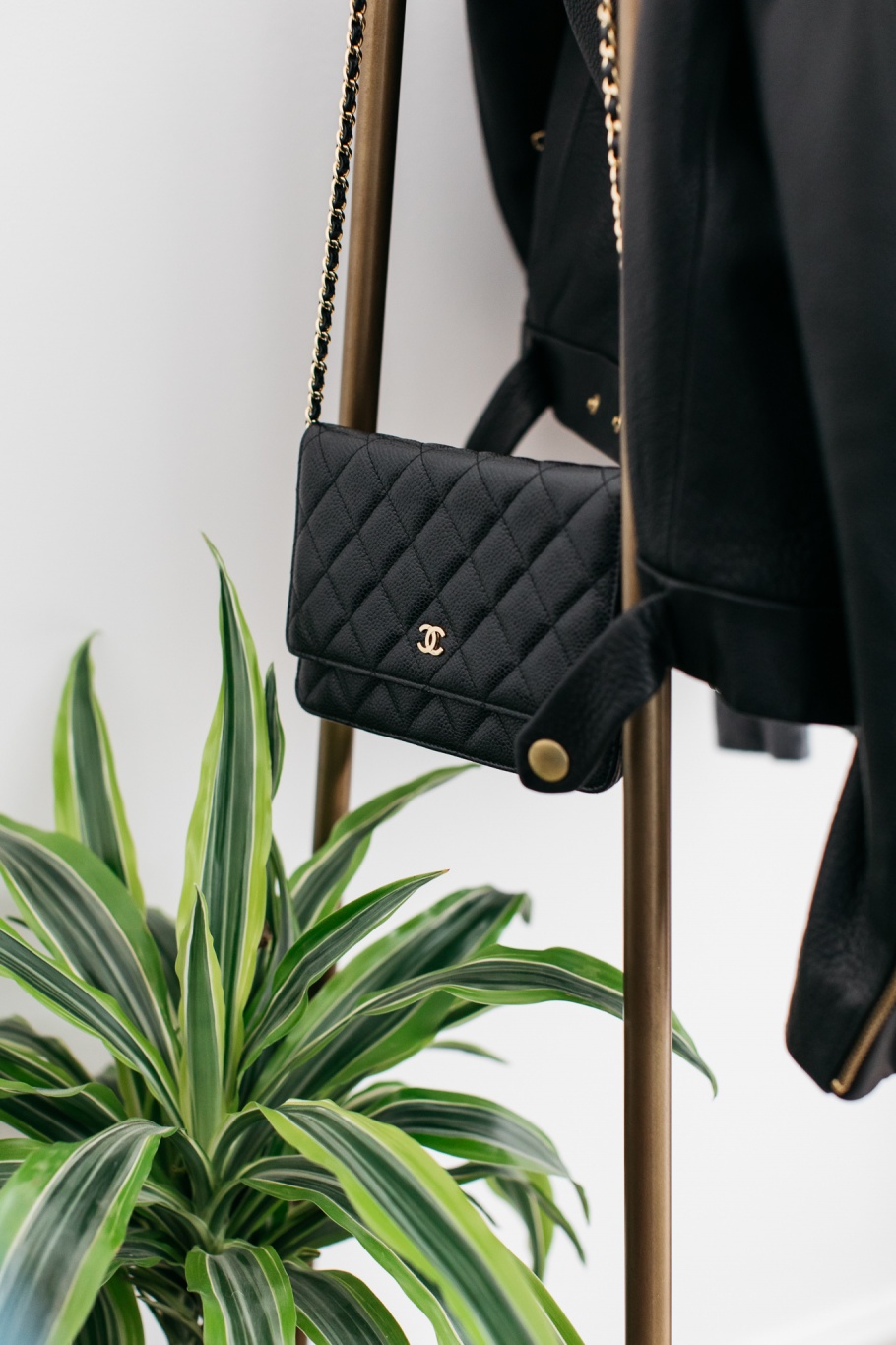
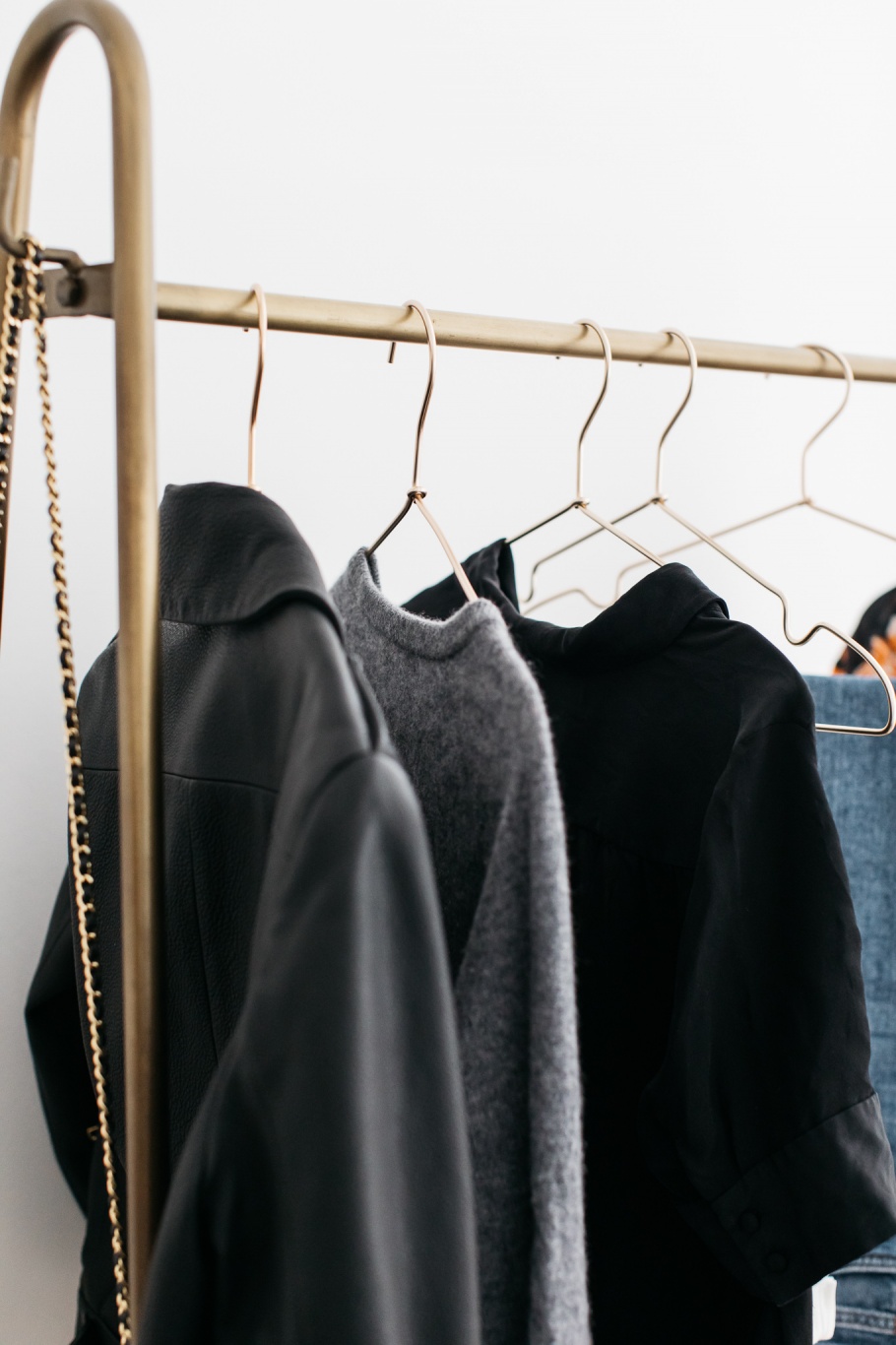
5. Use it, wear it and give it plenty of T.L.C. Now if Mark was reading this he’d scoff at this section, roll his eyes and make some kind of comment about how I don’t look after things well. In fact I was reprimanded for this yesterday when my phone screen splintered into a thousand pieces as it fell out of my grips and onto the tiled bathroom floor whilst I was on the loo. Gross, I know. And although I can’t argue that he has a point, I’d argue that my failings are with electrical goods in particular because when it comes to clothing, I’m standing there with my cashmere comb making my jumpers look brand new. I’m a big believer in that if you buy something that costs a small fortune that it should be worn the hell out of to get that cost-per-wear down. Wear it! Wear it everyday if you want to! But make sure you give it plenty of T.L.C too; properly following the care instructions, dry cleaning if necessary and keeping the item in tip-top condition. And if you own a cashmere jumper – or any jumper for that matter – invest in a cashmere comb and thank me later.
Photos by Emma Croman
*Sign up to my monthly newsletter, ‘An Edited Life’ here*

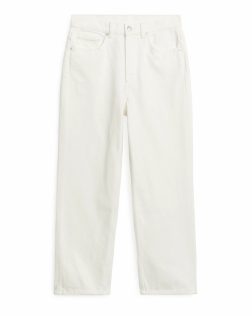
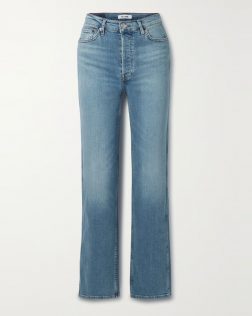
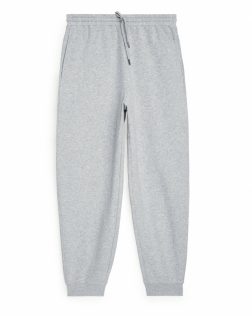
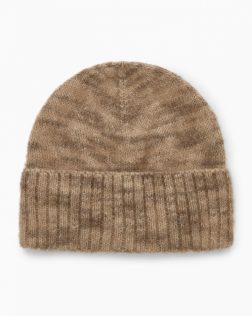
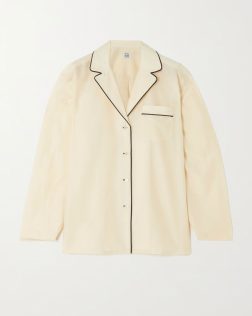
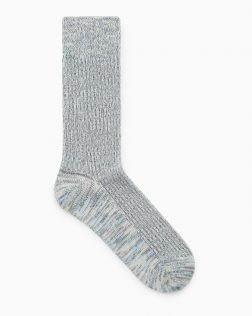
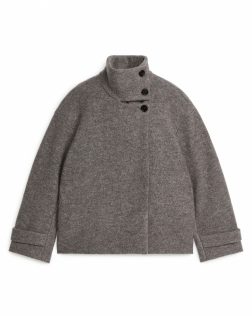
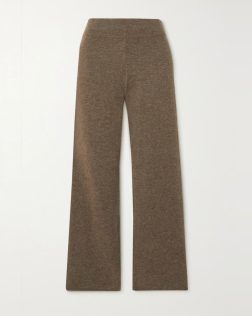




Comments